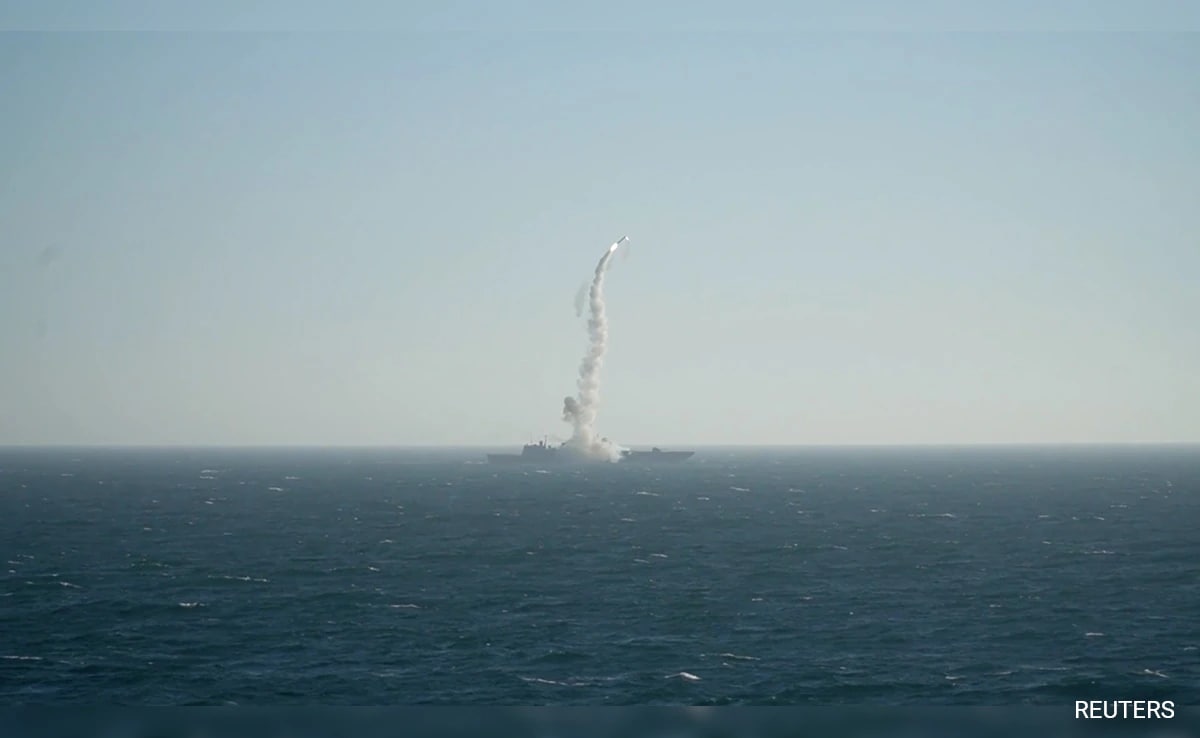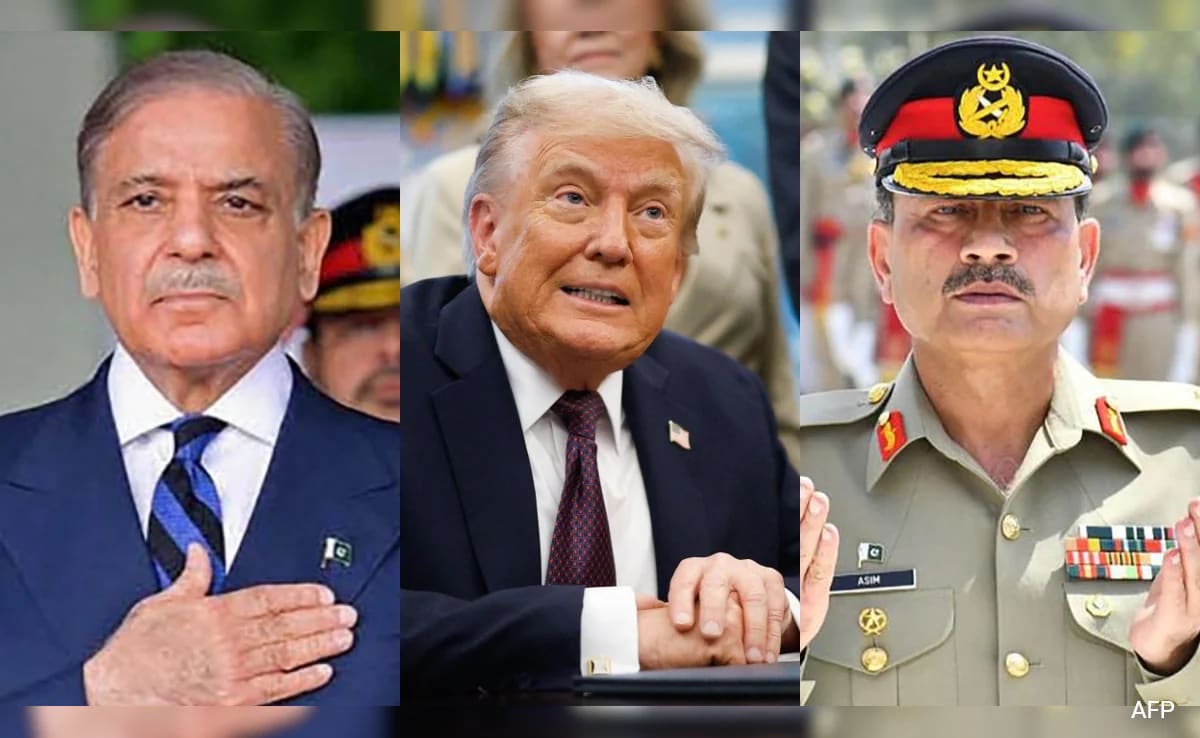On Wednesday, the Biden administration announced fresh sanctions on North Korea. In response, Korea blamed Washington for âintentionally escalatingâ tensions and said it may trigger a âstrongerâ reaction from North Korea. On Friday, North Korea conducted its latest missile tests.
More than four years have passed since Pyongyang tested an intercontinental ballistic missile (ICBM) capable of reaching the U.S. mainland. Since then, Kimâs regime has shifted his focus to building a wide range of short- to intermediate-range missiles in range of U.S. allies in the region and at the U.S. forces stationed there â a strategy that has allowed Kim to advance his ballistic missile program and signal progress without directly threatening the U.S. homeland or engaging in diplomacy.
âThis is a very effective way of saying, âWeâre still in this game. Weâre still advancing our capabilities,'" said S. Paul Choi, principal of Seoul-based consultancy StratWays Group and a former South Korean military officer. âThe testing of these hypersonic missiles could be a way to signal, âListen, we havenât explicitly gone to ICBM, but this is just a reminder that technical expertise continues to exist, and we continue to test it and upgrade it.'â
Hereâs what to know about North Koreaâs missile tests and military priorities:
New âhypersonicâ missiles
On Tuesday, North Korea conducted what it later said was a âhypersonicâ missile, a priority of North Koreaâs weapons development and a reference to the latest warfare technology being developed by military powers such as the United States, Russia and China. Hypersonic weapons fly fast at low altitudes and are much easier to maneuver than traditional ballistic missiles, making them difficult to track and intercept. It was third test since September of what North Korea described as a hypersonic weapon. North Korea launched two more missiles on Friday, the South Korean and Japanese military said.
For the first time in nearly two years, Kim appeared in state media supervising Tuesdayâs missile test, which may be a signal of how much emphasis Kim is placing on this technology, experts say. Kim had not been photographed attending any of the recent tests since the fall, and his return may indicate that this particular launch carried greater significance for the regime.
Thereâs some disagreement among weapons experts in South Korea and Japan on whether North Koreaâs latest missile meets the precise technical definitions of a hypersonic weapon. South Korean defense officials say Pyongyangâs new missile is detectable by existing defense systems.
But there is broad consensus that the latest developments highlight Pyongyangâs growing capability to evade existing missile defense systems. And it comes at a politically sensitive in South Korea, where campaigning is heating up ahead of the presidential election in early March, and where candidates are debating South Koreaâs response to North Korean hypersonic developments.
âI think Kim Jong Un is very smart to emphasize hypersonics, because it is within the zeitgeist today of what drives concerns about missile capabilities,â Choi said. âItâs the perfect capability right now to inspire debate in South Korea, which weâve seen it actually do.â
Kimâs missile ambitions
In January 2021, Kim unveiled a five-year plan to expand his nuclear arsenal, including âpreemptiveâ and âretaliatoryâ strike capabilities that allow its warheads to âaccurately hit and extinguishâ targets within 15,000 kilometers (9,230 miles), which would reach Washington. His must-haves included the development of hypersonics, solid-fuel ICBMs that can be launched from land and sea, spy satellites and reconnaissance drones, and more research and development into advanced military equipment.
âWe ought to augment our nuclear technology and further develop the nuclear weapons to be lighter and smaller ⦠while continue producing tactical nuclear weapons and super-large nuclear warheads,â Kim said in January 2021.
Kim appears to be on track. In recent years, there has been a huge growth in the diversity of new missile systems in North Korea. Since the January 2021 announcement, North Korea has introduced seven new missile capabilities according to the plan that Kim announced, according to Ankit Panda, weapons expert and a senior fellow at the U.S.-based Carnegie Endowment for International Peace.
âIâm expecting that this year will include more missile tests as the North Koreans work to carry out the numerous goals set by Kim Jong Unâ in January 2021, Panda said.
Some of the latest missile technology may also be serving a dual purpose of improving North Koreaâs IBCMs. The missiles Pyongyang tested this month use the same type of engine that North Korea used for its flight-tested ICBMs in 2017, âso presumably, some of the data theyâve gained over the course of these recent tests will allow them to generally improve the reliability of their ICBMs,â Panda said.
Diplomatic standstill
Since the collapse of the 2018 summit between Kim and then-president Donald Trump, U.S. and South Korean negotiators have urged North Korea to return to negotiations, assuring that they have no preconditions for the Northâs return. But the Biden administration has not shown it is willing to grant the sanctions relief that Kim seeks.
The new round of sanctions is likely to fuel North Koreaâs complaints that the United States has âhostile policiesâ toward Pyongyang. Kim claims that his missile tests are solely for defensive purposes â to be able to respond in case of an attack by the United States.
With just a few months left in his term, time is running out for South Korean President Moon Jae-in, a willing mediator between North Korea and the United States, to make meaningful diplomatic progress on North Korea.
Duyeon Kim, adjunct senior fellow at the Center for a New American Securityâs Indo-Pacific Security Program, said the recent advances by North Korea highlight the lack of diplomatic progress.
âThe weapons Pyongyang has tested and paraded during Kim Jong Unâs rule may not be reliable yet. But they demonstrate the regimeâs goals, which will be achieved in time in the absence of a diplomatic agreement with the United States that can be completely implemented, regardless of changing administrations in Washington,â she said.
Read more:
.png)











 English (United States) ·
English (United States) ·  Turkish (Turkey) ·
Turkish (Turkey) ·